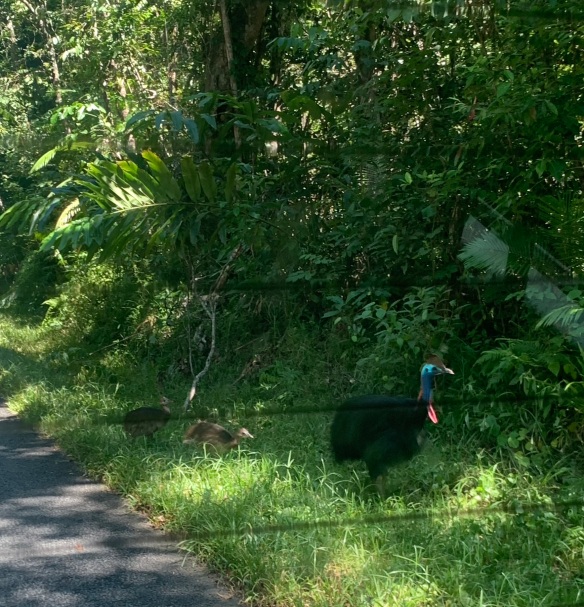Most common questions we received before going to Georgia: Why Georgia? Where exactly is Georgia? What’s in Georgia?
The questions I now have: why doesn’t everyone go there?
Let’s get some answers.
Why Georgia?
I confess it was mostly because when we originally planned the trip, I could get to Tbilisi on a nonstop flight from Almaty and it was easier to lure my U.S. friends there than it was to lure them to Kazakhstan. But the more I learned about Georgia, the more interested I was in going. They have that post-Soviet history that I love, yes, but their history and culture is so much more. Added to which is their delicious food, finally starting to be known outside of former Soviet countries, ancient winemaking traditions, overall affordability, and the question becomes, why not Georgia?
Where exactly is Georgia?
If you are looking to argue that the border between Europe and Asia is more historical and cultural than strictly geographical, Georgia is exhibit number one. It’s across the Black Sea from the easternmost of eastern European countries like Bulgaria and Romania, has a long history of occupation by Persia and the Ottoman Empire, and borders parts of Turkey distinctly referred to as Asia. So, it’s Asia?
Well…they are also majority Christian, have connections to Greek myth (Jason and the Argonauts), participate in Eurovision, and just kind of feel like Europe. They also self-identify as Europe, which they make crystal clear.

So let’s call them “transcontinental.”
What’s in Georgia?
Mountains, forests, seaside, a vibrant capital city filled with beauitful architecture. And the food and wine…we’ll get to that. Our group of five (dubbed “Team-bilisi” because we are ridiculous) hit city, wine country, and mountains, all while dining and drinking like royalty.
The capital city contains a mix of architecture styles that include clear influences from the east and west, and the whole city is guarded (not successfully, as it turns out) by a hilltop fortress dating as far back as the fourth century.
Tbilisi means “warm place” and was named so because of its sulfuric hot springs. Abanotubani, which means “Bath District” is one of Tbilisi’s oldest neighborhoods.
There are a few public baths remaining, but most baths now rent private rooms. My lady friends and I enjoyed a soak and a vigorous scrub but the husbands were too chicken to join us.
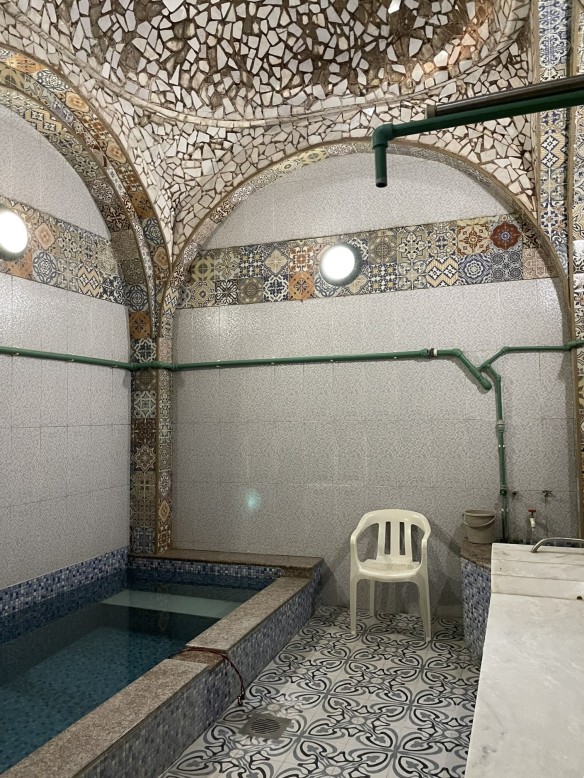
The (very hot) hot pool is on the left, and on the right is the marble slab where you lay for your scrubbing. The small cold plunge pool and sauna are behind us.
Neighborhoods like Abanotubani and others in the tourist core have been cleaned up to peak cuteness, while others still have a bit of that iron curtain era grunge.
Tbilisi also has a few remnenants of Soviet era architecture.
And they’ve gone for some striking modern architecture in recent years.
The Bridge of Peace
We didn’t spend all of our time in the city though, and prioritized getting to wine country and into the mountains. The Black Sea coast will have to wait for another trip.
En route to Kakheti, the winemaking region, we stopped by the remote Davit Gareja cave monastery complex. Visiting the entire site requires officially crossing the border into Azerbaijan. A few years ago this was no big deal, but recent border disputes mean that armed guards now keep you strictly on the Georgian side.
In Kakheti we stayed in the adorable town of Sighnaghi, which boasts a staff-of-one Mexican restaurant. I highly recommend the quesadilla with sour plum sauce.
Evidence of winemaking in Georgia goes back about 8,000 years and for much of that time, wine was made in large clay pots called qvevri, which are then buried up to the neck in a manari (wine cellar) to maintain proper temperature for fermenation.
My favorite stop on our wine tasting tour was to our guesthouse’s family manari, where they built the house around the wine cellar and bottle their wine in…well, see for yourselves.
After wine country we headed to the mountain town of Stepansminda, which is also called Kazbegi for complicated Russia occupation reasons.
White-knuckling it through the Caucasus (we hired a driver) was richly rewarded when we arrived at our splurge hotel, a converted Soviet-era sanatorium, which offered some of the most magnificent views I’ve ever had from a hotel. (close competition with my hotel in Yunnan, China).
Snowy weather prevented us from finishing our planned hike, but we did get to meet some local residents along the way.
Still, as much as I enjoyed the scenery, history, and wine, the hightlight of the trip was the food. I don’t even know where to begin with Georgian food. It is something extraordinary.
Peek through these windows and you’ll find a “tone” bakery, where bread is baked in a tandoori style oven.
The flavors aren’t different exactly, just differently arranged. OK, I guess blue fenugreek and ground marigold and the pickled buds of the bladdernut tree (called jonjoli) aren’t common outside of Georgia. But many dishes, like Kinkhali (dumplings) and Khachapuri (bread stuffed with cheese) are at least semi-familiar.

Adjarian Khachapuri is Georgia’s most iconic dish.

Kinkhali, Georgian dumplings covered in black pepper and served with beer or “chacha” liquor, are also considered a national dish. These were the size of a newborn’s head.
Walnuts feature heavily, there are a suprising number of vegetarian options, and everything is meant to be shared. I am a big advocate for solo travel but Georgia is a place where you want to eat with a group.
I thought I took pictures of everything, but as I scroll through I realize I missed so much. Where are the eggplant rolls with walnut paste? The mushrooms with tarragon? The sour plum sauce? The jonjoili? So many tastes.
I’ll stop here though so as to not run into Rebecca West writing about Yugoslavia territority. But I could keep raving. Instead I’ll just add that Georgia is also super affordable. We hired all-day private drivers for the price of a taxi ride in London, ate and drank for five with what it would cost for two in Paris.
Why doesn’t everyone go there?
So why isn’t Georgia swamped with tourists? Well, in summer I think there are crowds. And during my visit I encountered tourists from Russia, Europe, and Dubai. America…not so much. After all, Georgia’s a long haul from the USA and I suspect most Americans would be hard pressed to find Georgia on a map, let alone consider vacationing there. I also know some Americans, especially those with cold war memories, feel skittish getting this close to Russia. Georgians have their own feelings about Russia (and, relatedly, Ukraine).
Fortunately Georgia is quite safe outside of a few (Russian occupied) regions. But there is that eastern European grunge factor. Not everyone wants to encounter dilapidated buildings, graffitti suggesting anatomical things Putin might do to himself, clouds of cigarette smoke, and street dogs on their vacation.
And finally, for some people, Western Europe is quite simply as exotic as they can deal with while on holiday. I get it. Sometimes wrapping my head around buying milk off of a shelf instead of from a refrigerator is as much as I can cope with and I live overseas. So I’m not knocking Western Europe and those who want to spend time there. I’m just saying that if you want an affordable and (debatably) European country with outstanding food and wine, and don’t mind things just a little rough around the edges, hit me up for travel advice to Georgia.


















































































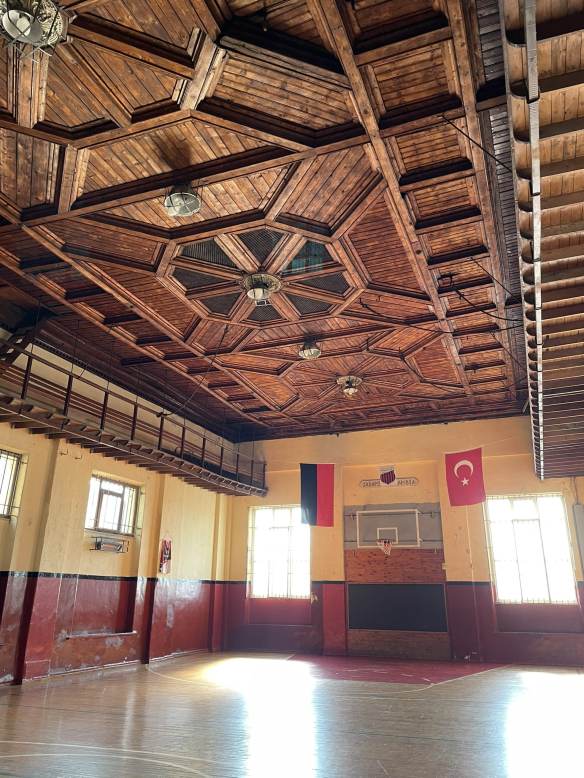














































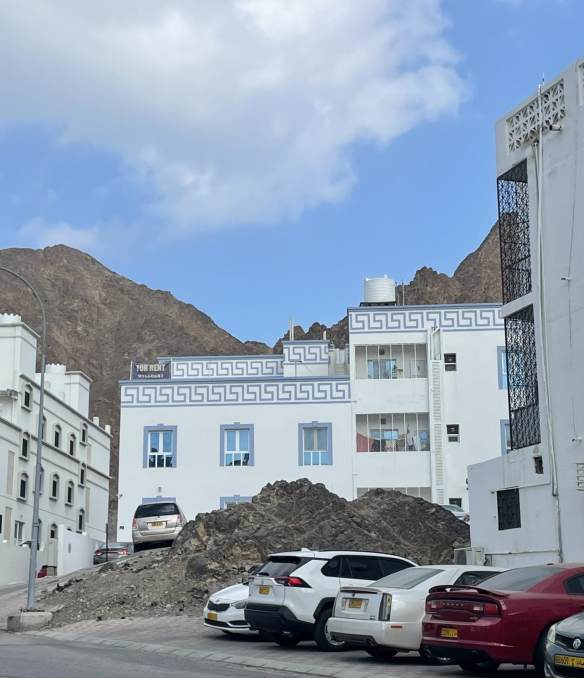
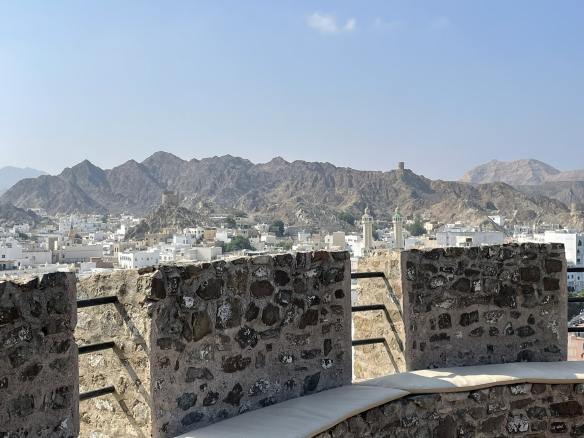
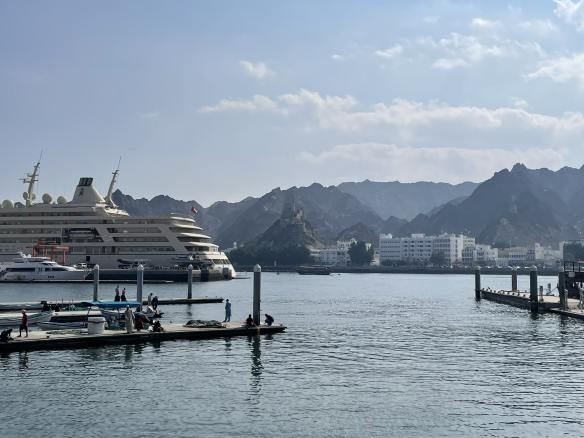
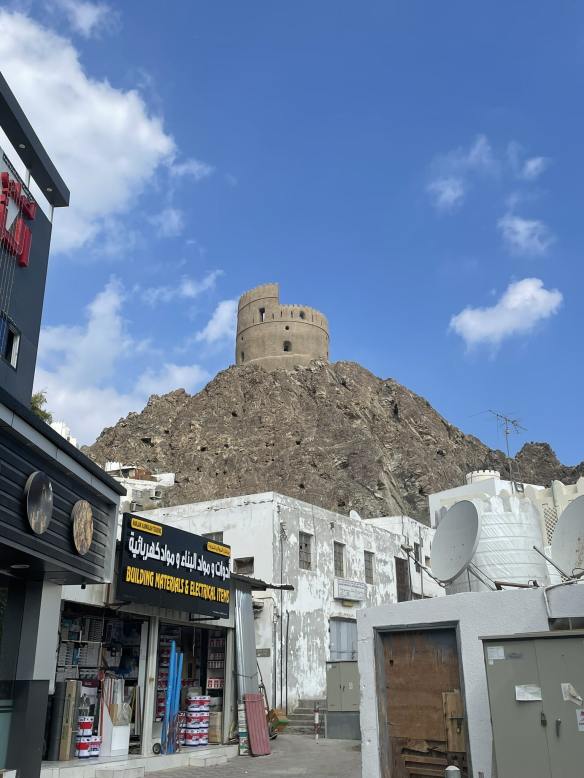




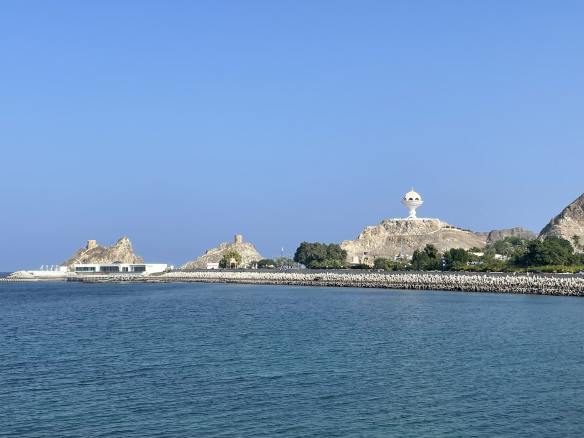


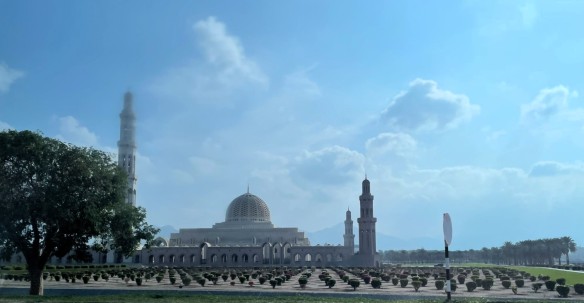























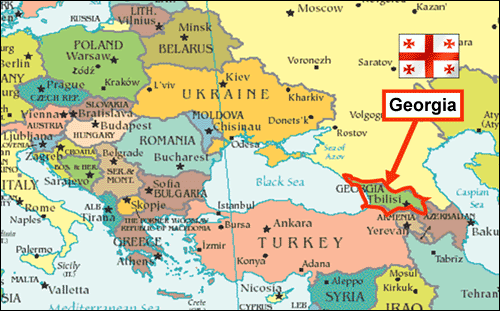
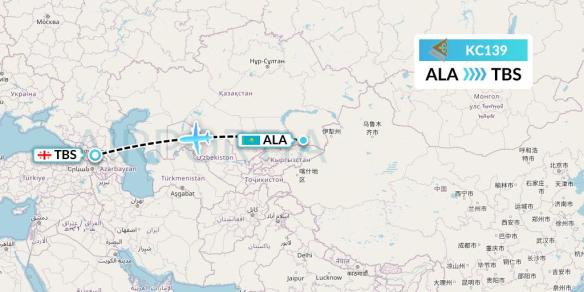
















































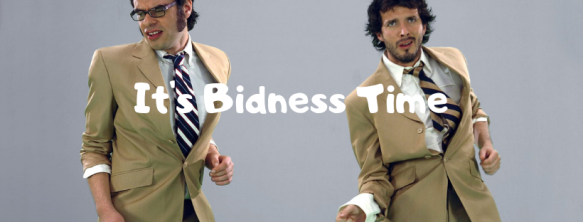












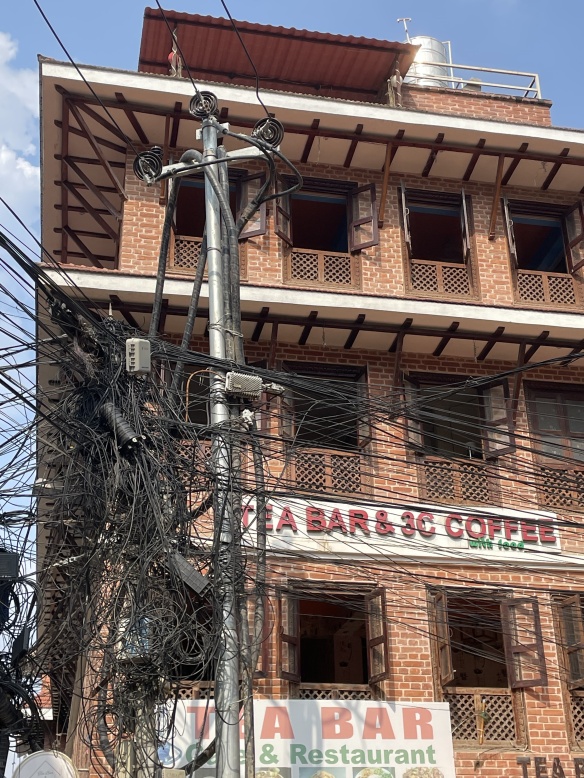





































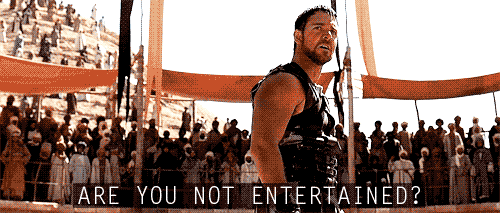






























 Afterwards, it was time for shopping.
Afterwards, it was time for shopping.




















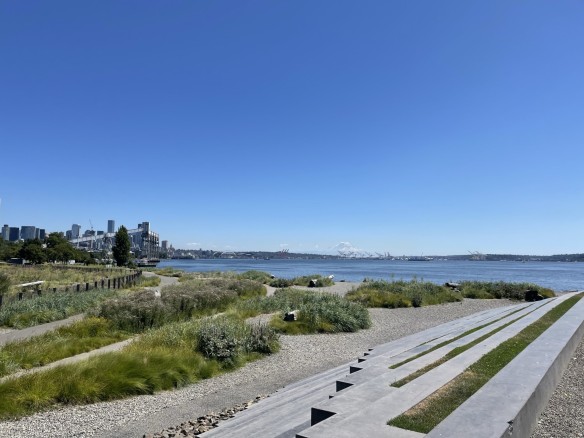




































































































































































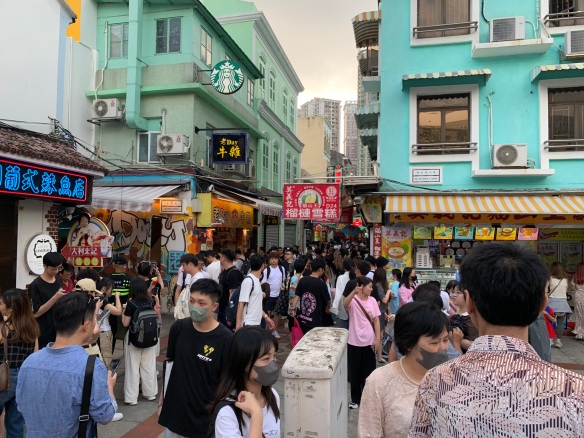 People call it “the Las Vegas of China” but pre-pandemic it actually far outpaced its American cousin in parting fools from their money.
People call it “the Las Vegas of China” but pre-pandemic it actually far outpaced its American cousin in parting fools from their money.






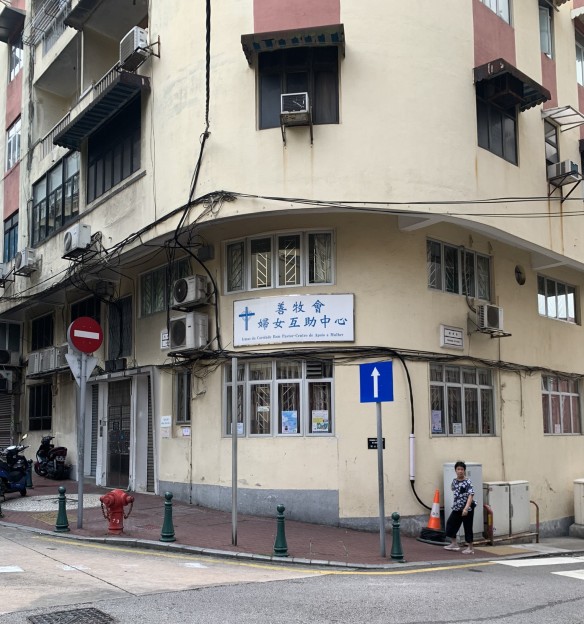
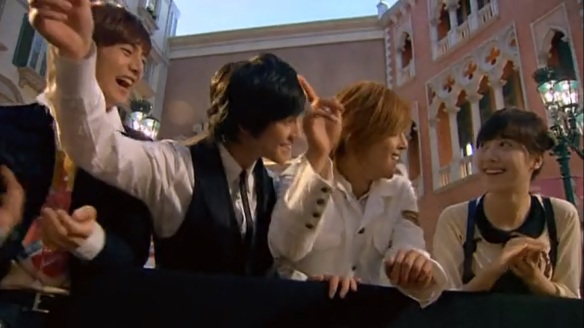 Do I wish I had more high minded taste? Sometimes.
Do I wish I had more high minded taste? Sometimes. 




























































































































